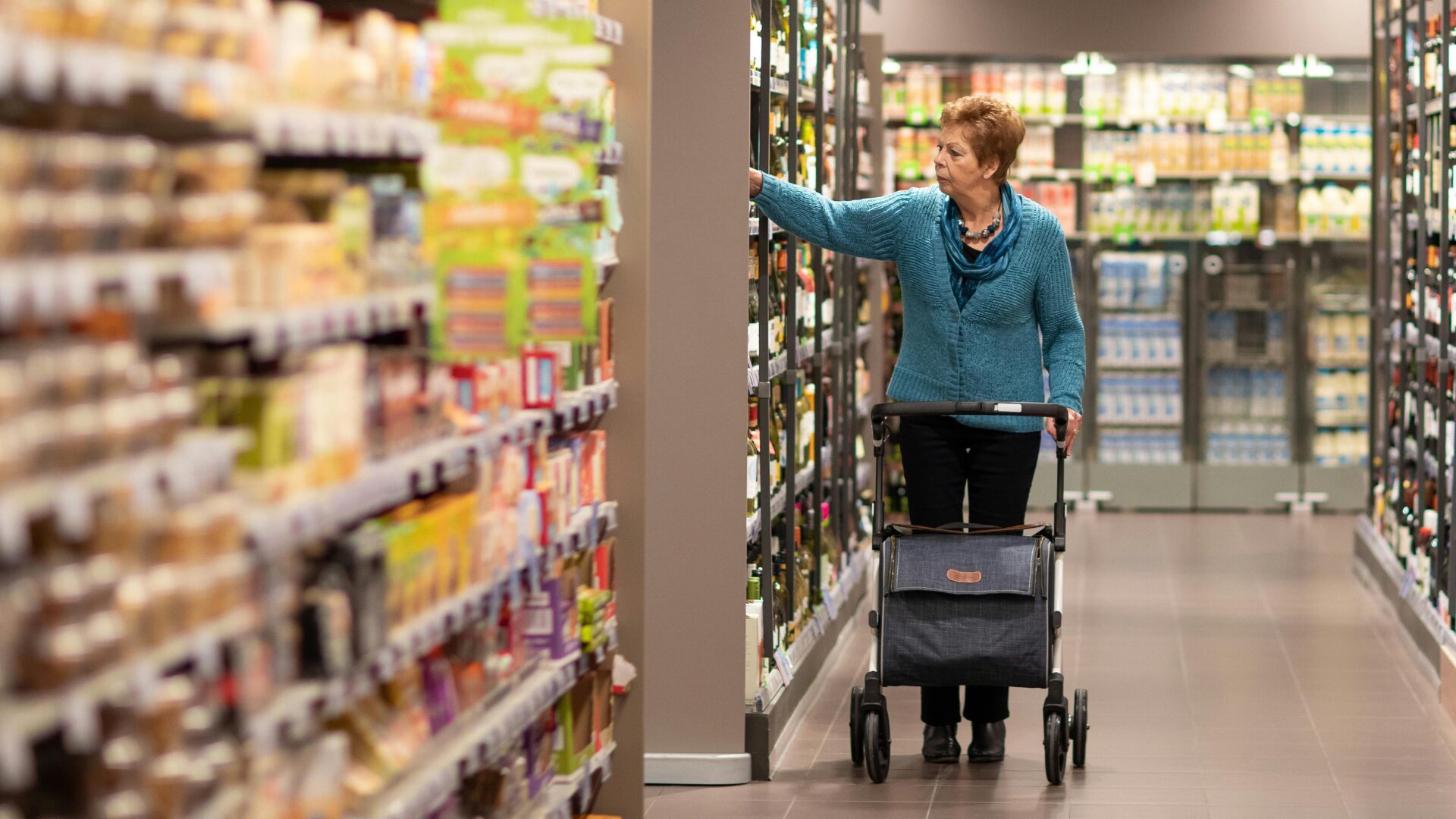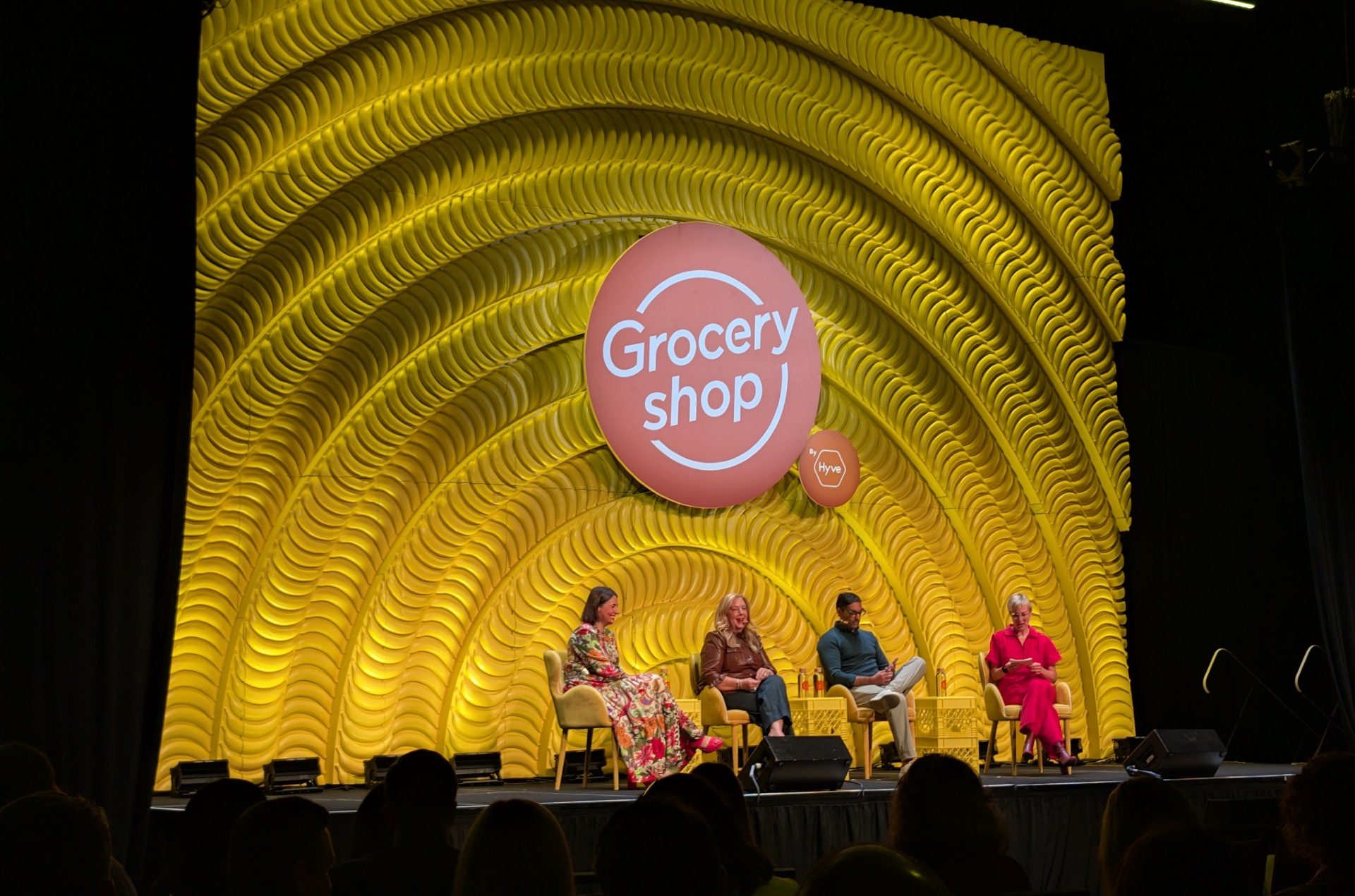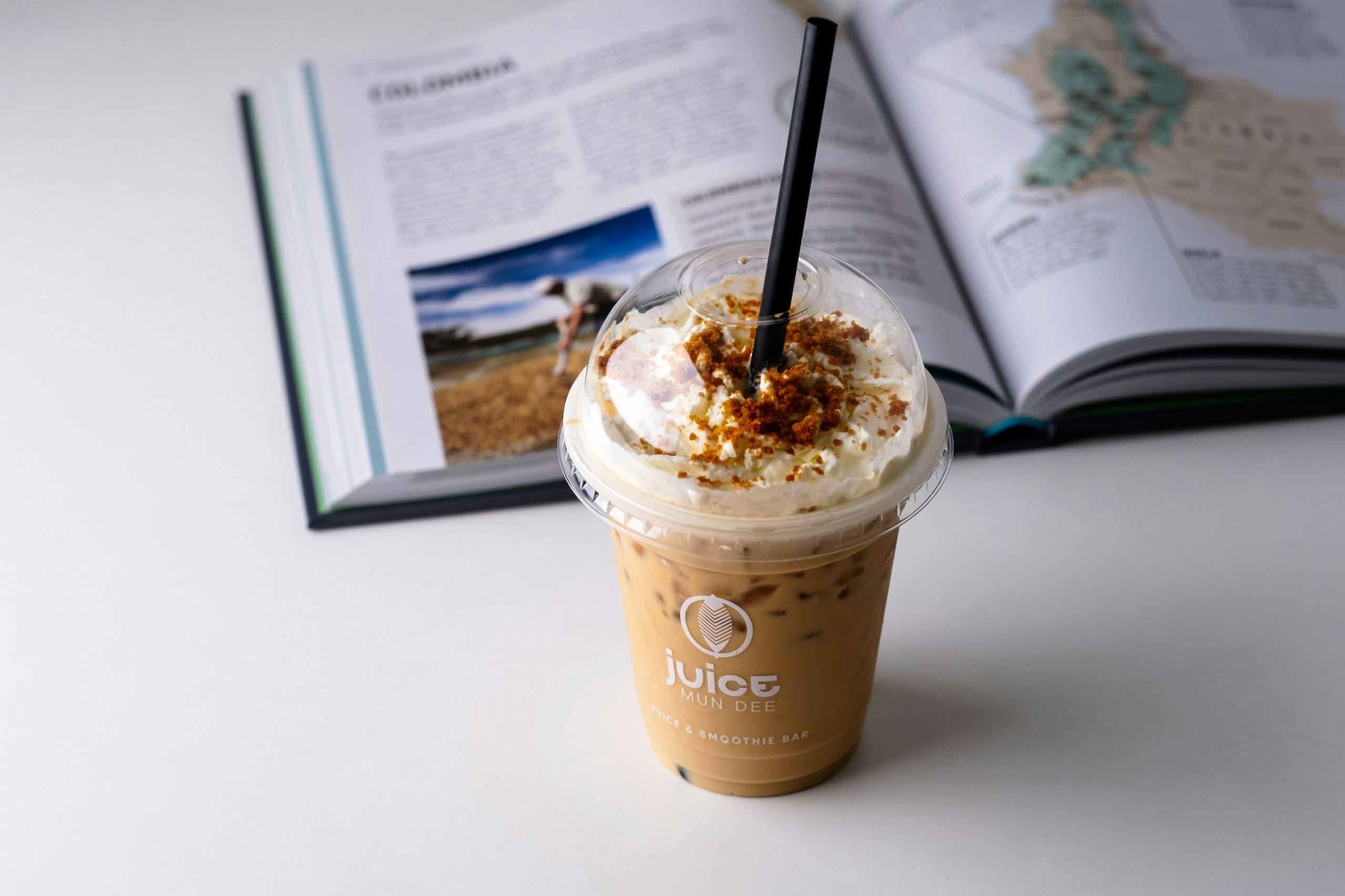Legacy CPG leaders are embroiled in a fight to maintain relevance as consumer loyalty wavers, according to an EY report titled “State of Consumer Products Report: Reclaiming Relevance.”
In a conversation with The Food Institute, Rob Holston, EY global and Americas consumer products sector leader, and Andrew Cosgrove, EY global insights leader, explained that the concept of negative drift was responsible for this shift – a quiet, ubiquitous erosion of brand relevance and internal confidence.
“In this environment, relevance isn’t inherited – it’s earned, every single day,” the duo said.
The impact can be severe, and left unchecked, even household staples are at risk of fading into obscurity. The report cited outdated growth models built upon the idea of “defensive scale” that continues to harm these companies by creating room to propagate negative drift.
The five key issues with these models include:
- CPG giants see the world as a “zero-sum game,” meaning they focus on taking competitor share rather than growing the category.
- Large firm innovation tends to lack critical aspects that consumers value, creating opportunities for challenger brands and private label to flourish with more focused efforts.
- Roughly 67% of legacy CPG brands prioritize controlling their own distribution channels rather than partnering with retailers on improving sales.
- Legacy CPGs have focused on protecting core assets rather than targeting the right market with digital marketing strategies.
- CPGs are leaning into short-term fixes instead of long-term stability.
Despite the bleak outlook, Holston and Cosgrove indicate there is ample reason to remain optimistic, but it requires brands to take bold action.
How to Avoid Negative Drift
The core of the strategy depends on how well a brand can understand today’s consumer, then act upon the insights to deliver high-impact products at the right time.
The report considers an approach dubbed “disruptive optimism” to forge a path ahead. A key tenet of which is in technological integration to help modernize operations.
Many [CPGs] are now taking seriously a shift from Defensive Scale to Disruptive Optimism. They’re operating in a significantly different market, one that demands new ways of working and a reset on their approach to consumers, customers and capital markets,” said Jason Lester, EY global beverage leader, in the report.
Holston and Cosgrove commended the approach in the conversation with FI, noting how forward-looking leaders are using AI to streamline operations, innovate processes, engage with consumers, and grow their business.
“What’s most exciting is how AI is enabling legacy brands to behave more like startups – agile, data-driven, and relentlessly consumer-focused – while still leveraging their scale and trust,” they told FI.
But technology investment is tricky, even for larger companies, with as much as 66% noting they are not confident in their AI capabilities. This gap, however, indicates a strong growth area.
Preparing for the Next-Gen Consumer
Brands also must gear up to cater to the new consumer type as the U.S. undergoes a “generational transition.” The new consumers are those who are value and values focused, while expecting innovation and high quality.
The good news: as much as 77% are willing to pay a premium for meaningful innovation if the value proposition is clear and distinct.
“The next-generation consumer is digitally native, value-conscious, and deeply attuned to health, identity, and sustainability. They expect brands to be relevant, responsive, and responsible,” Holston and Cosgrove told FI.
Now the central issue: food and beverage R&D investments have held more-or-less static between 2015-24. Historic value propositions have waned, with 78% of consumers noticing prices stay static while pack sizes shrink and 55% say they only buy branded products when they’re on promotion, according to the report.
To combat this, EY advises rethinking what “innovation” means by placing the company first. This means understanding that younger generations are more likely to consider brand appeal in their purchasing decisions, are more influenced by social media trends, tend to be wowed by challenger brands, and seek out experience-driven retail environments, said the duo.
Additionally, a marketing approach that meets every generation of today’s consumer necessitates a social media-first strategy. Gen Z and Millennials are clearly the most receptive to these forms of advertisement, yet Gen X and even Boomers engage in social media activity, albeit to a lesser degree.
The Food Institute Podcast
Several economic headwinds indicate the consumer is being financially stretched, but we all need to eat – so what are consumers actually buying at the grocery store? Nik Modi of RBC returns to The Food Institute Podcast to discuss channel differentiation, consumer product selection, and other macro trends.













